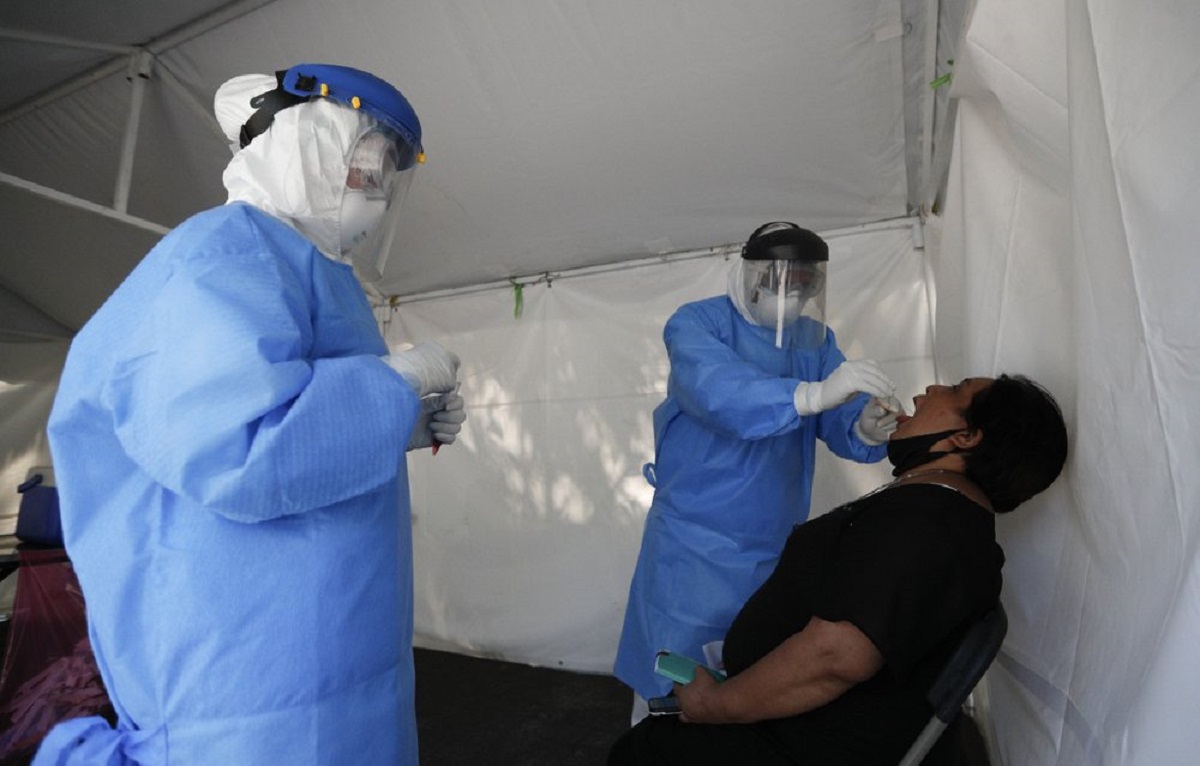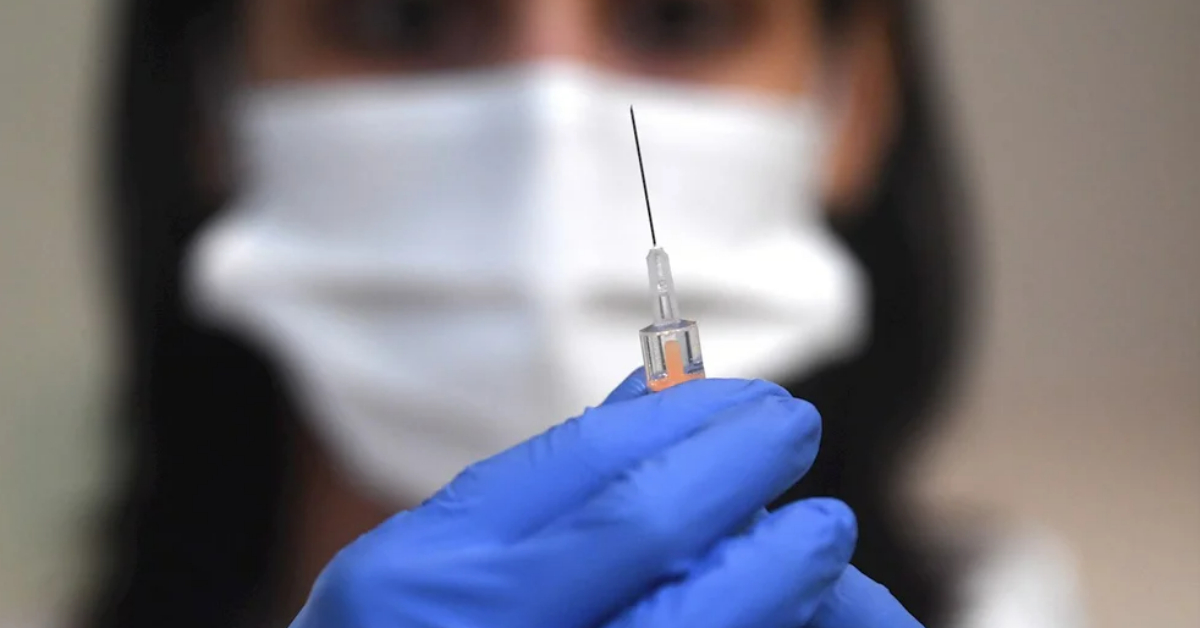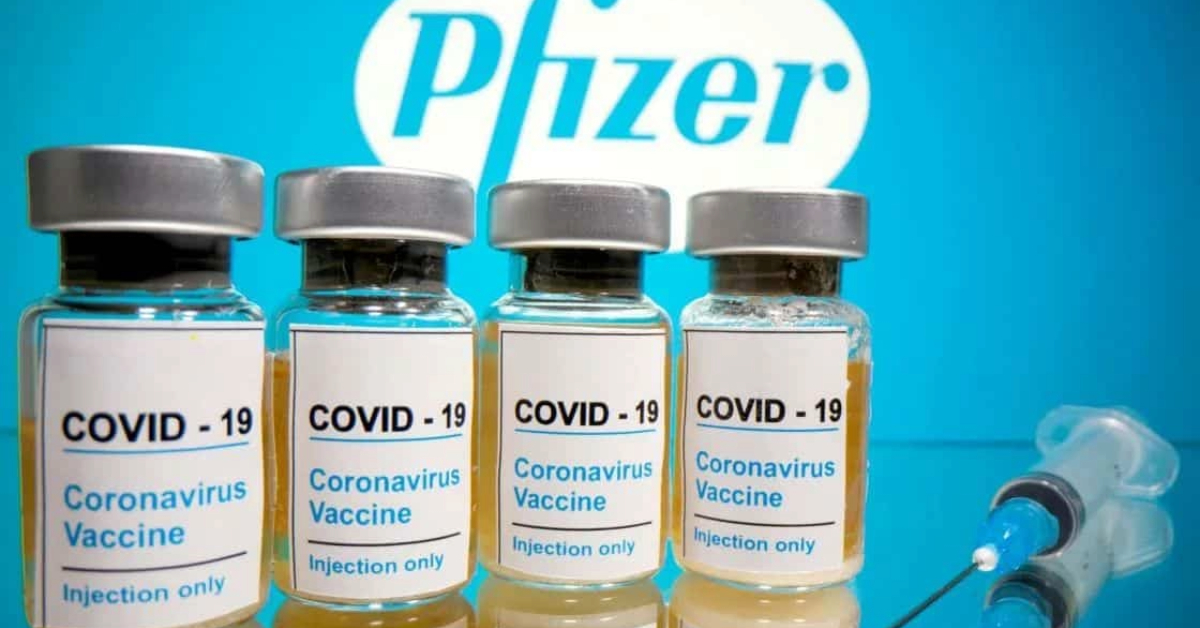Mexico on Saturday topped 1 million registered coronavirus cases and nearly 100,000 test-confirmed deaths, though officials agree the number is probably much higher.
How did Mexico get here? By marching resolutely, even defiantly, against many internationally accepted practices in pandemic management, from face mask wearing, to lockdowns, testing and contact tracing.
What is more, officials in Mexico claim science is on their side. Assistant Health Secretary Hugo López-Gatell says any wider testing would be “a waste of time, effort and money.” Face masks, López-Gatell says, “are an auxiliary measure . . .







